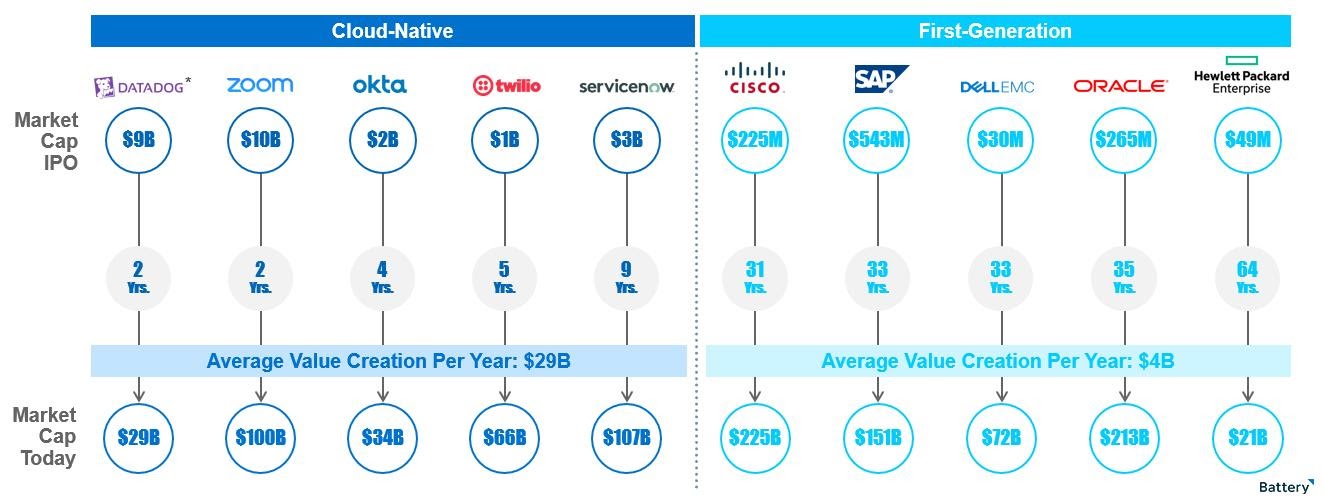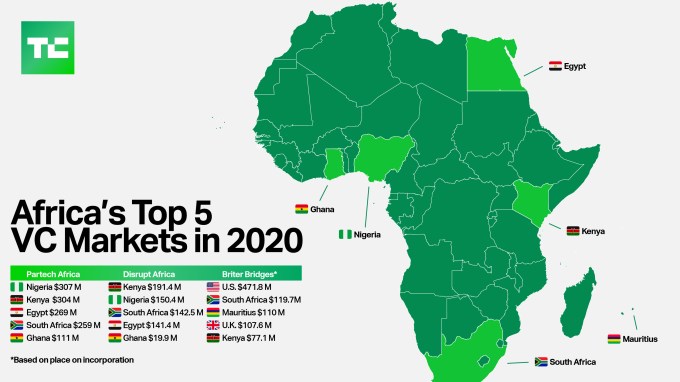Jonathan Greechan
Contributor
Jonathan Greechan is co-founder of the world's largest pre-seed accelerator,
Founder Institute, has run over 100 webinars including 100,000+ live attendees, and is one of Meetup's most active organizers.
More individuals than ever are donning the investor cap. Almost a fifth of U.S. equity trading in 2020 was driven by mom-and-pop investors — up from around 15% in the previous year. With such impressive returns to be made, many are deciding to set up a full-fledged investment business.
With the fundraising world becoming more democratic and accessible, we should help people find the right path to setting up a venture capital firm and also make sure the right people are entering the VC sphere. Startups are changing, and any new investment manager will have to adapt to the shifting landscape. VCs today have to provide more than money to get the best portfolio, and they must have a strong focus on impact to get the best institutional investors into their funds.
Startup investors can be the financial backbone for mass disruption. That’s why, at Founder Institute, we believe in the need for more VCs with strong values: Because they will prop up the companies that will build a brighter future for humanity. We’re not the only ones — our first “accelerator for ethical VCs” was oversubscribed.
VCs today have to provide more than money to get the best portfolio, and they must have a strong focus on impact to get the best institutional investors into their funds.
So if you want to lead your own VC fund in 2021, here are the main questions aspiring investors need to ask themselves.
Are you doing this for the right reasons?
Investing in startups is not just about making money. In selecting the startups that will become future industry leaders, VCs have a lot more power than most to do good (or harm). If you’re only interested in money, you likely won’t go too far. Identifying the greatest businesses means seeing beyond their capital into the longevity of their vision, their real-life impact on society, and how much consumers will love or hate them.
After all: Most startup founders pour their blood, sweat and tears into building a business not just to make money, but also to make an impact on the world and build products that align with their mission. Any new venture capitalist looking to attract the best founders needs to think about the vision and mission of their fund in the same terms.
Although VC firms have been slow on the uptake when it comes to environmental, social and governance (ESG) goals, there are signs that times are changing. Some firms are forming a community around implementing ESG, not only because of the external impact but because it furthers their business goals. To help accelerate this trend, we asked our VC Lab participants to take The Mensarius Oath (Latin for “banker” or “financier”), a professional code of conduct for finance professionals to create an ethical, prosperous and healthy world.
What value do you bring to the table?
The number of VCs are growing and the industry is increasingly becoming concentrated. This means that simply offering large sums of money won’t get you traction with the best startups. Founders are looking for value over volume — they usually want mission alignment, connections, value-added services and industry expertise more than a blank check.
Remember that the best founders get to choose their VCs from a menu of options, not the other way around. To convince them that you’re the right match, you’ll need a proven track record in the same industry (or transferable experience from another industry) and referrals from credible people. You’ll also need a strong value proposition or niche that sets you apart from other funds. For example, Untapped Capital invests in “unexpected” and “undernetworked” founders, while R42 Group invests in AI and longevity-focused businesses.
If you don’t think you’ve got the profile to offer value to founders just yet, it’s worth taking some time to lay out exactly who you are. That is: what you hope to achieve as a fund manager, the vision you have for your portfolio companies and how you alone can help them get there.
What’s your secret sauce?
As a new VC fund without historical data points, limited partners (LPs) will naturally be cautious to invest in your fund. So, you have to build a brand that tells your story and proves your reputation.
Go back to the basics and pinpoint exactly what your strengths are. If you’re having trouble finding inspiration, use statements like, “I can get the best deal because I have X,” or, “I help grow my portfolio companies by X” to get the ball rolling. Be wary of saying that the amount of money you have is your strength — at this stage, your bank balance isn’t your competitive edge. Focus instead on what makes you unique, credible and relevant. Having a high number of strategic contacts, extensive industry experience or a backsheet of successful exits could be your secret ingredients. For extra guidance, check out this resource my team put together to help fund managers consolidate their niche in an “investment thesis.”
Once you have a list, choose your top three strengths and write a followup sentence detailing how each of them can be enriched by your network and expertise. Ideally, share these with a test group (friends, family or fellow entrepreneurs) and ask them which is the most compelling. If there’s a general consensus toward one point, you know to make that a large chunk of your VC fund’s thesis.
Do you have a solid network?
Who you know is just as important as what you know, and the most prominent VCs tend to be in the middle of a flow of information and people. Your network tells founders that you’re respected and reassures them that they will probably be brought into the fold to connect with future mentors, customers, investors or hires.
If you’re a thought leader, the alumni of a well-known company like Uber or PayPal, or if you’ve started a community around an emerging vertical, you’re more likely to form a positive deal flow. But this status and these relationships have to be established before you launch your fund — if you try to network from zero, you’ll be spinning too many plates and won’t have the social proof to back yourself up.
Don’t just rely on your gut to tell you whether your network is satisfactory. Map out your personal ecosystem, sorting people based on familiarity (close contacts or acquaintances) and defining characteristics (consumers, finance, ex-CEOs, etc.). That “map” can be as basic as an Excel sheet with a column for each category, or you could use more attractive visual tools like Canva — great for sharing with your future team and encouraging them to fill any network gaps.
What size fund do you want to launch?
A VC fund runs like any other business — you have to develop a vision, recruit a team, form an entity, raise money, deliver value and report to stakeholders. To kick things off, you need to consider what size fund you want, and then secure significant commitments from LPs — at least 10% of your total fund. LPs can be corporations, entrepreneurs, government agencies and other funds.
Also keep in mind that most LPs will want you to personally invest at least 1% of the total fund size so that you have “skin in the game.”
For that reason especially, it’s best to start small, somewhere between $5 million and $20 million, and use this “training fund” to demonstrate returns and create a launchpad for bigger raises to follow.
Can you help founders from launch to exit?
Your partnership with companies will be for the long haul, so you can’t rely just on offering value when you wire the money. Founders need consistent support across the full startup lifecycle, meaning you need to be conscious not to overpromise and fail to deliver. Think of the startups you’d most like to work with: How could you help them now? How could you help them in the future? And how could you help them exit?
You can take a skills-centric approach, where you reserve different resources and connections based on marketing, hiring, fundraising and culture-creation that can be applied as the startup grows. Alternatively, you might want to make sprint-like plans, where you check in with founders on a repeating basis and iterate the support you offer based on their progress. Whatever way you chose to structure your support, ensure that you’re realistic about what you can bring to the table, your availability, preferred involvement and how you’ll document it.
The future of VC will be driven by venture capitalists with strong values who have built funds with the new needs of founders in mind. VC may once have been exclusive and mysterious, but 2021 could be the year VC becomes a more open and fair space for businesses and investors alike.







